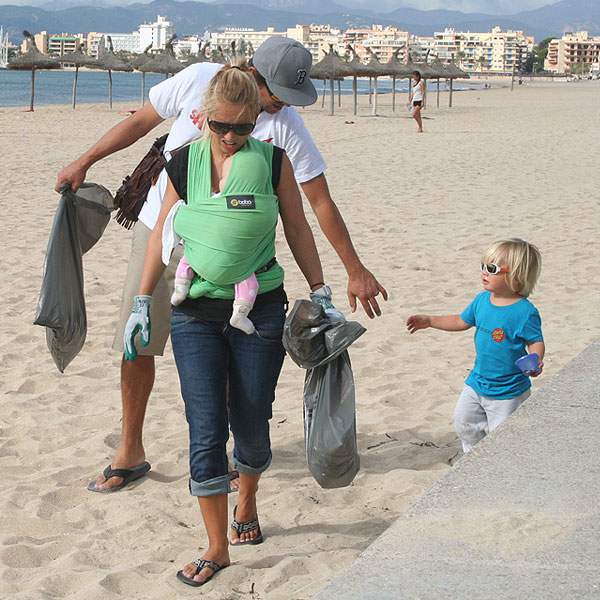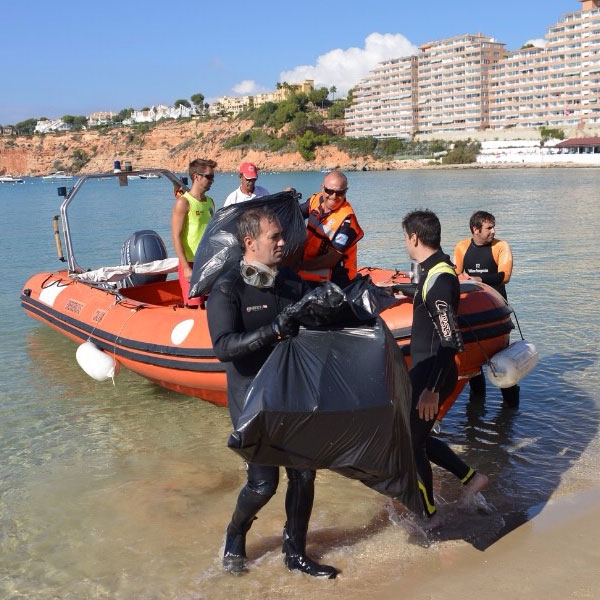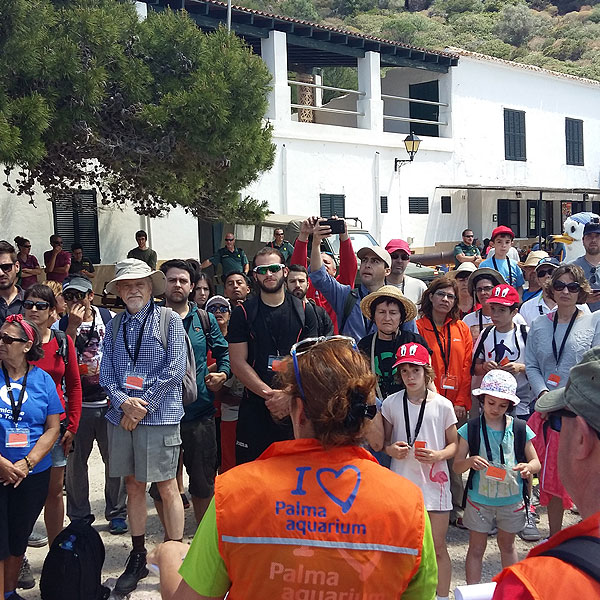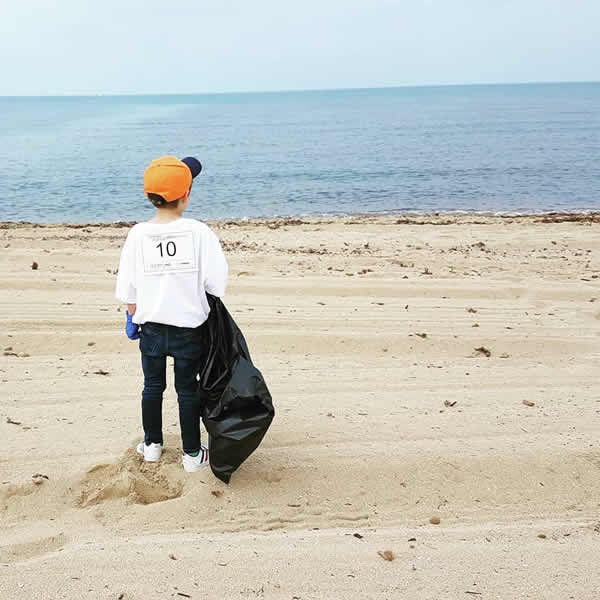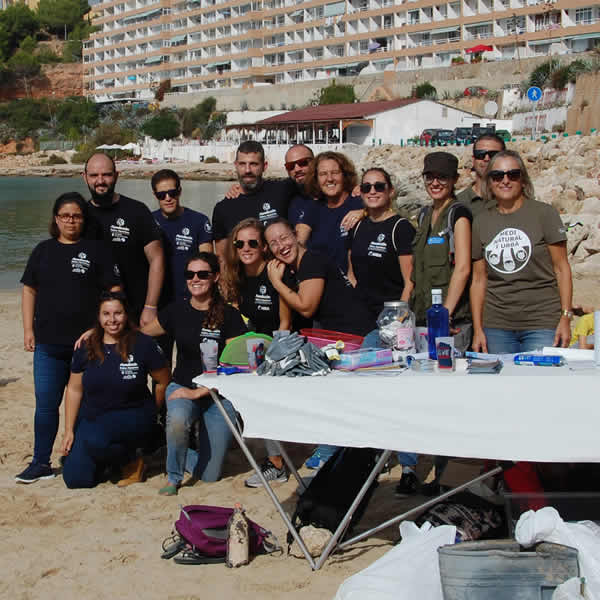Coastal cleaning
Facing the global threat of pollution.Conserving the sea
Conserving the sea depends on the biggest culprit of its contamination: the human being
The seas and oceans of the world are our main source of supply for the vital elements of our lives, water and oxygen, but they also provide us with biological food resources, raw materials, energy resources and regulate the climate in the world. However, contamination and global marine pollution is a growing problem of the first order.
Marine debris is directly caused by the impact that humans have on marine ecosystems. In fact, a study conducted by a marine research organization in 2004 found that there were 6 times more plastics in their samples than plankton.
In addition, it is believed that only a small part of the marine garbage floats or reaches the shore.
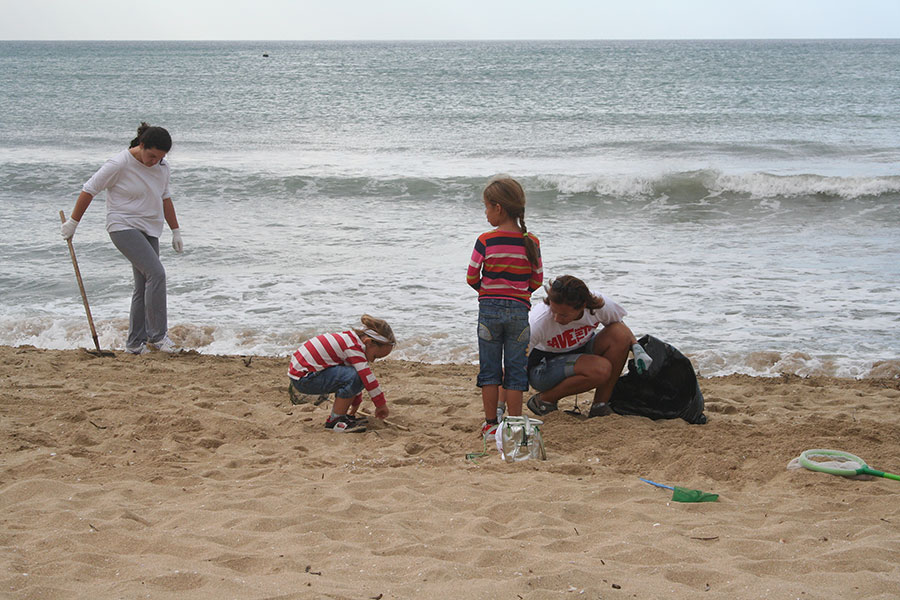
According to the United Nations Environment Program (UNEP), only 15% of marine garbage floats on the surface of the sea; another 15% remains in the water column, and the remaining 70% rests on the seabed.
The global threat of the seas contamination must be addressed from land, because undoubtedly the garbage that is on land ends up in the sea. The Palma Aquarium Foundation, in keeping with its ethics of environmental education and prevention, organizes clean-up campaigns for coastal areas, beaches and subaquatic areas to raise awareness of the serious consequences of garbage in the sea.
